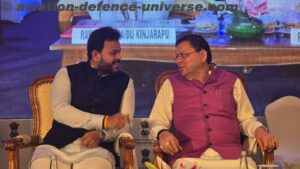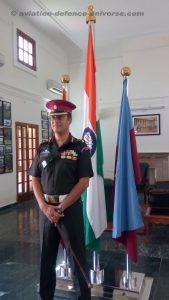
By Brig. VK Atray & Sangeeta Saxena
New Delhi. 25 July 2017. Presidents come and Presidents go, but the men who remain rock solid behind the first citizen of India, whoever the incumbent, are the cavalry soldiers on the horse backs who make the elite President’s Body Guard and of course make the nation proud.
Colonel Dheeraj Chengappa, Commanding Officer of the President’s Body Guard told Aviation & Defence Universe(ADU) that not only is it a Regiment with horses carrying out ceremonial duties for the President, its officers and men are excellent horsemen, capable tank men and paratroopers.
“Since Independence, we have seen action in 1962 at Chushul, in 1965 in the Western Theatre, in 1988 in Sri Lanka. Our men have also served in UN Operations in Somalia, Angola, Sierra Leone and Sudan. A detachment of the PBG as the unit is fondly called, also serves on the highest and coldest battlefield in the world, the Siachen Glacier. We are soldiers like all the others of the Indian Army,” he added.
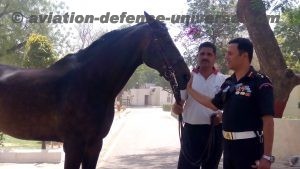
Another feather in the cap which has been permanent is the fact that it is the senior-most in the order of precedence of the units of the Indian Army. The primary role of the President’s Bodyguard is to escort and protect the President of India which is why the regiment is based in the Rashtrapati Bhawan in New Delhi.
“We are equipped as a mounted unit, with horses for ceremonies at the presidential palace and BTR-80 vehicles for use in combat. The personnel of the regiment are also trained as paratroopers and nominally are expected to lead in airborne assaults in the role of pathfinders,” informed Chengappa.
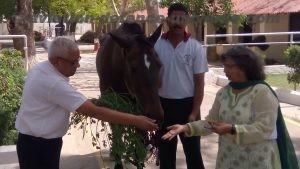
The regiment is the successor of the Governor General’s Bodyguard of the British Raj.The first bodyguard to be raised in India was in 1773 when European troops, already recruited into the East India Company’s service as infantry, were earmarked for the role. Since the army of the East India Company had no cavalry of any kind at that point of time, two troops of dragoons and one troop of hussars were raised – the latter becoming the personal bodyguard of the Governor-General. These were however disbanded in the reorganisation of the army by Robert Clive after his return to India in 1765. By 1772, the Company did not have a single cavalryman in service.
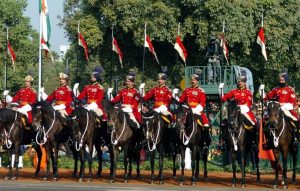
A peep into it’s history will tell us that raised by Governor-General Warren Hastings in September 1773 with 50 troopers from the Moghal Horse, a unit which was raised in 1760 by local sirdars and the same year, the Raja Cheyt Singh of Benares provided another 50 troopers took the strength of the unit to 100. The first commander of the unit was Captain Sweeny Toone, an officer of the East India Company, who had Lieutenant Samuel Black as his subaltern.
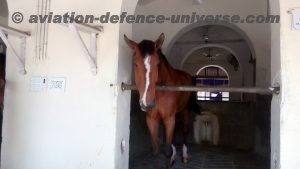
From 1 Captain, 1 Lieutenant, 4 Sergeants, 6 Daffadars, 100 troopers, 2 Trumpeters and 1 Farrier to a full fledged Colonel command regiment of 222 with 4 officers, 20 JCOs & 198 soldiers, the PBG has come a long way. It has 86 horses—mostly half-bred—of which 6 are Hanoverians (or English horses). Four of these draw the President’s buggy, while the others serve as mounts of the CO and the 2IC. “Our horses are the best and required to be of a minimum height of 157.5cm measured at the shoulder. The horses are bred at the Army’s Remount and Veterinary Corps depots. We try to get them when they are about three years old so that they can absorb the training more. We have to make them used to sounds of gunfire, honking of cars, and lots of other things. They can trot, canter and gallop and are trained for cavalry charges,” fondly said Colonel Chengappa while feeding green grass to his horse in the stable.
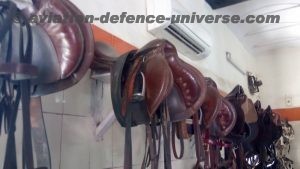
The name of the regiment has changed throughout its history. From Governor’s Troop of Mughals in 1773, to Governor-General’s Bodyguard in 1784, to Viceroy’s Body Guard in 1859, to 44th Divisional Reconnaissance Squadron in 1944, to Governor-General’s Bodyguard in 1946 to President’s Body Guard in 1950.
The President’s Bodyguard has the battle honours of Java, Ava, Maharajpoor, Moodkee, Ferozeshah, Aliwal and Sobraon.
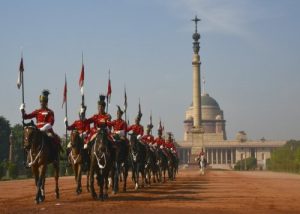
The ethnic composition of the unit also kept on changing. Recruitment started with Muslims (Moghals) from Awadh (Eastern U.P.) when the Bodyguard was raised in 1773. By 1800, Hindus (Rajput & Brahmins) were allowed to join the GGBG along with Muslims but the area of the recruitment remained the same: Awadh & Bihar. In 1800, the recruitment pool was changed from the Bengal Presidency to the Madras Presidency & the GGBG was reconstituted with troopers from the Madras cavalry for the next 60 years. During this period South Indian Castes formed the bulk of the unit. After the Great Mutiny of 1857, the center of recruitment of the Indian Army was shifted from Awadh & south India to North India. The GGBG was no exception & Sikhs were enlisted for the first time in Aug 1883 and Punjabi Muslims in October 1887. The recruitment of Brahmins & Rajputs ceased in 1895. After that, the proportions of recruits was fixed at 50% Sikhs (Malwa & Majha) and 50% Muslims (Hindustani & Punjabi).
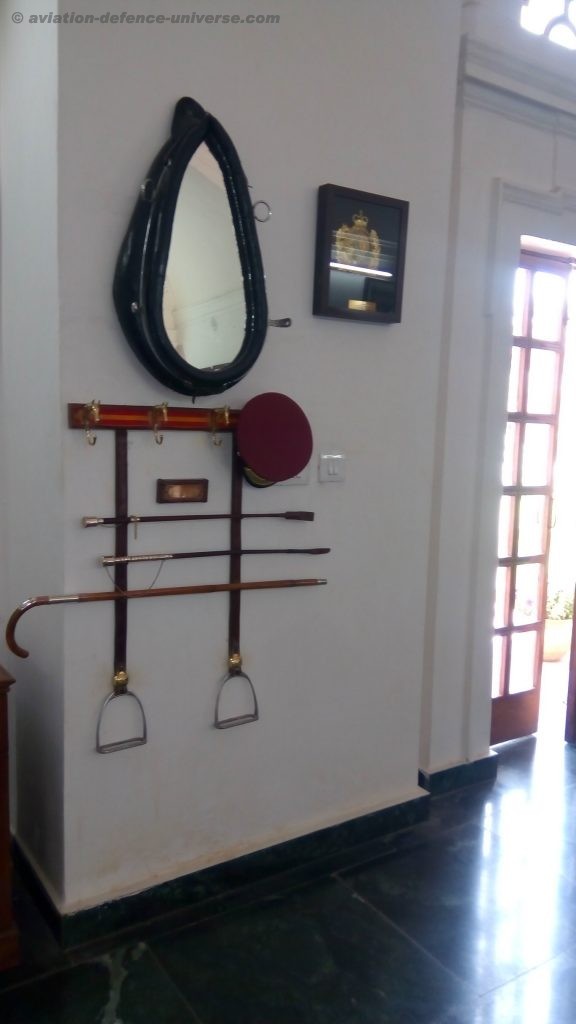
“Currently Jat, Sikhs & Rajputs are taken in equal numbers are from the states of Punjab, Haryana & Rajasthan. The minimum height necessary for enlistment is 6 feet. These men are prepared for both war and peace time rolls and are second to none,” claimed Col Chengappa. Well every body agrees with him.
An interesting anecdote is that after the partition of India at the division of other assets of the regiment, when it came to gold plated buggy of the Viceroy, both India & Pakistan wanted it. To decide the fate of the buggy, Lt Col Thakur Govind Singh & Sahabzada Yaqub Khan tossed a coin & India got the buggy. And Presidents since then have arrived in it for the Republic Day Parade.
The history is long, laurels unsurpassed and tales of bravery endless. The horses and the men of the Presidents Body Guard see history being made and have the proud privilege of being a part of this history. Salute to these men on horseback from ADU.

































